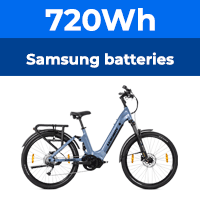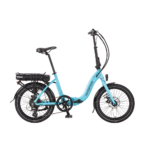As
JPGiant said, the disk may be warped or as I am guessing it has IMHO developed, tiny "waves" of warping, that may even give quite loud sounds!
You need special tools to allow this to be measured exactly. They generally cost far more than a few new disks!
In a worse case scenario, you may need to replace the disk completely, but some quite good quality ones are available for IMHO, very little money on the web.
As someone else pointed out, a very careful alignment and adjustment is needed at regular intervals of pads and sometimes the disks, depending upon your mileage and where you ride. Steep and long downhills where brakes are needed often will bring such things earlier of course.
On my bike, the mounting point for the front Caliper was positioned about 0.5 m, too far to the left, which meant after a bit of wear, I had to place a new pad on the LH side, to allow braking! (Of course, with Scottish blood, I re-used it in the RH side!) I eventually shimmed the Caliper to get the disk running true in the middle between the pads!
I myself use really quite cheap brake parts, simply bought on ebay, and I am VERY happy with the braking performance, where in comparison to V-brakes on my previous e-bike, which I thought were good till I got disks!
I am sure that there are even "better" disk brakes around, but at a price that I will not ever pay (that Scottish blood again!), but many bikers apparently "compete" with others as to how much they have "invested" in bikes....
Its what we used to call in the RN "A pissing Contest!"
One question, do you have any idea how many miles the disk and the pads have done before the squeaking started?
Do you need your brakes a lot when you go out riding, in your own opinion?
I assue that the front wheel bearings are correctly adjusted, and the wheel moves freely, but no "looseness" of the wheel and axle.
Then make a simple test, which is to raise the front of the bike, allowing the wheel to be free of all constraints, back off the pads or simply remove the caliper for a moment, then mount a screwdriver or similar, so that it JUST touches the disk braking surface, towards the middle to outer edge of the "used part" of the disk, and slowly rotate the wheel and see if the touching is consistent or not.
"NOT" meaning warped.
Rotate the wheel through 360° and see just how many times contact is made.
Minor readjustment of the screwdriver position may be needed....
What you may see, is for each of the "spokes" on the disk, contact may change, more or less....
Replacement is the best fix as flattening, is probably most difficult, with a "skim" of both sides needed, and simply not worth the time and trouble....
A thicker new disk may be a better bet in the end....but slightly heavier!
Regards
Andy
 drive.google.com
drive.google.com
 drive.google.com
drive.google.com







